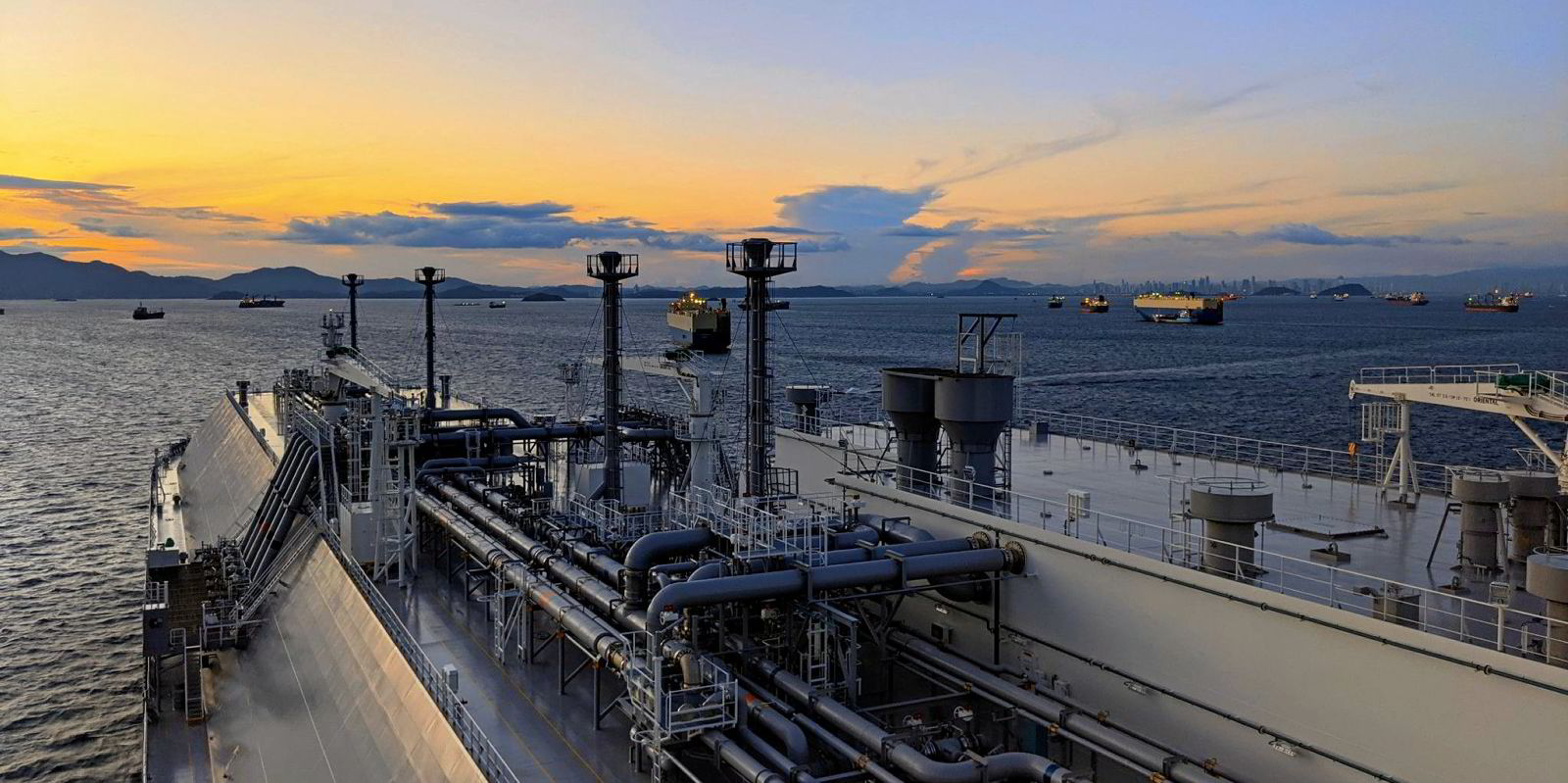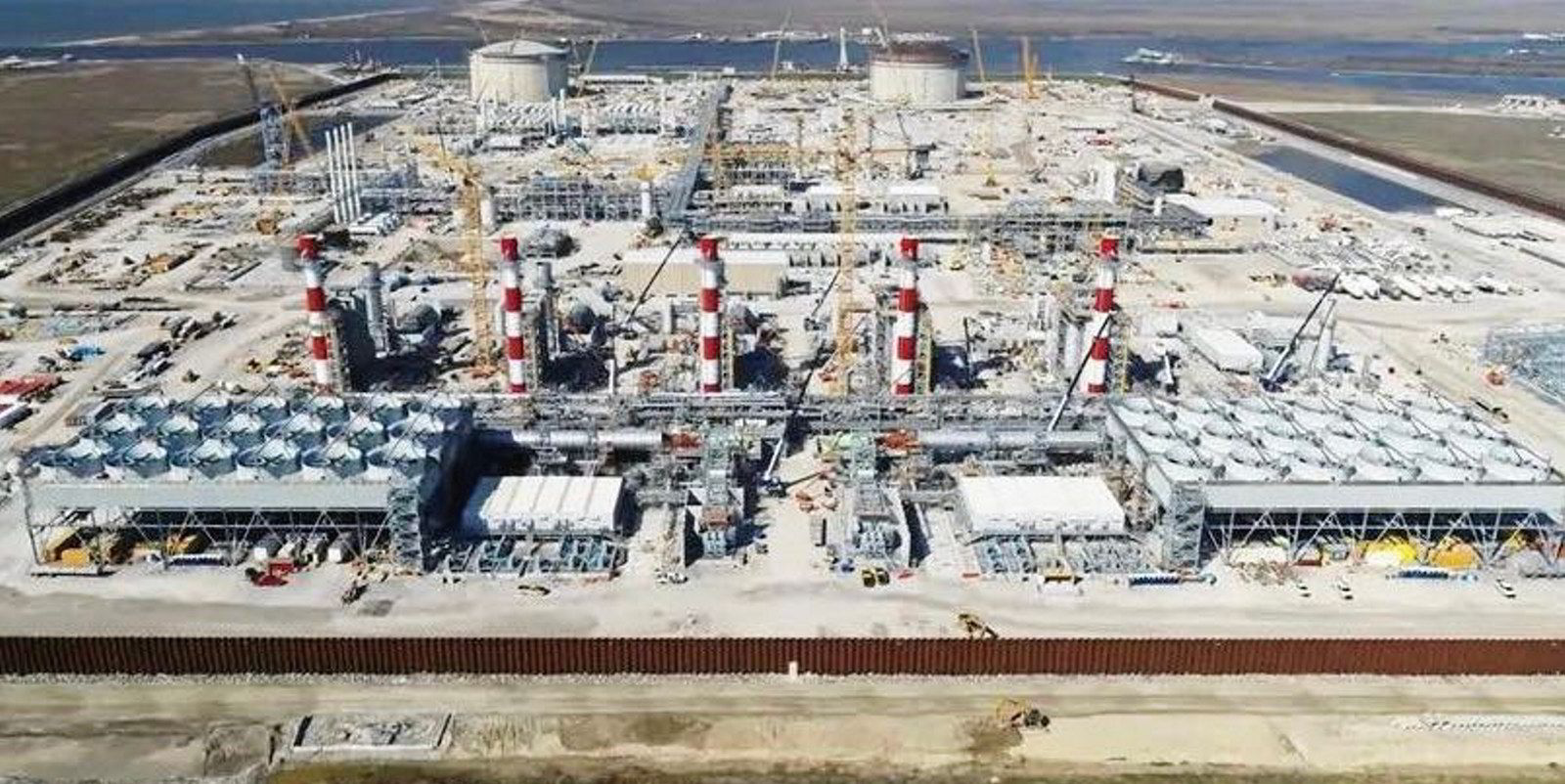High LNG prices backed by strong demand from both Asia and Europe are expected to hold through 2022 and only ease as new supply comes onstream in 2023, according to broker and consultant Poten & Partners.
Poten forecasting manager Kirsten Holmquist said LNG demand and monthly imports for Northeast Asia, including China, have been “extraordinarily high” even in face of the strong prices.
In a webinar titled Winter LNG Markets – No price relief in sight, she said LNG demand has remained high even in price sensitive regions like Thailand and Pakistan.
In contrast, European markets have seen lower imports in 2021 than last year despite the low storage inventories and high gas prices on offer.
Overall global LNG exports for July are 15% up on those for the same month of 2020, she said.
Outage constraints
Operating outages at some production facilities in countries such as Norway, Trinidad, Nigeria, Angola, Brunei, Peru and Australia are also adding to the market constraints.
Holmquist said the next two-and-a-half years are going to prove “very tight” for the market in what is an earlier-than-expected shift.
The forecaster said that while the market may loosen slightly in 2022, it will not see additional volumes of supply coming onstream to help rebalance the picture until 2023.
Holmquist said Poten expects winter demand for LNG to be up on last year.
US supply test
She believes there is sufficient supply to meet this. But she said prices may spike, pushing spot LNG prices even higher than they are today as buyers move to secure incremental cargoes.
Holmquist said US exports will be higher this winter than in 2020 but she said it will depend on the performance of the liquefaction facilities.
“We just haven’t seen those plants pushed that high,” she said, adding that this was not something the market had seen tested yet as the US ramps up its new LNG projects.
Poten sidestepped answering questions on the shipping implications of Holmquist’s forecast, promising a future webinar on the subject.
But any increase in LNG shipments between the US and Asia is likely to boost tonne-mile and vessel demand.
Holmquist said the supply-demand balance could be eased by increased pipeline supply in Europe, plants getting back to capacity after outages or some buyers being priced out of the market.
But on the end of this year, she concluded: “In the case of a cold winter, all bets are off. The market will become extremely constrained.”






